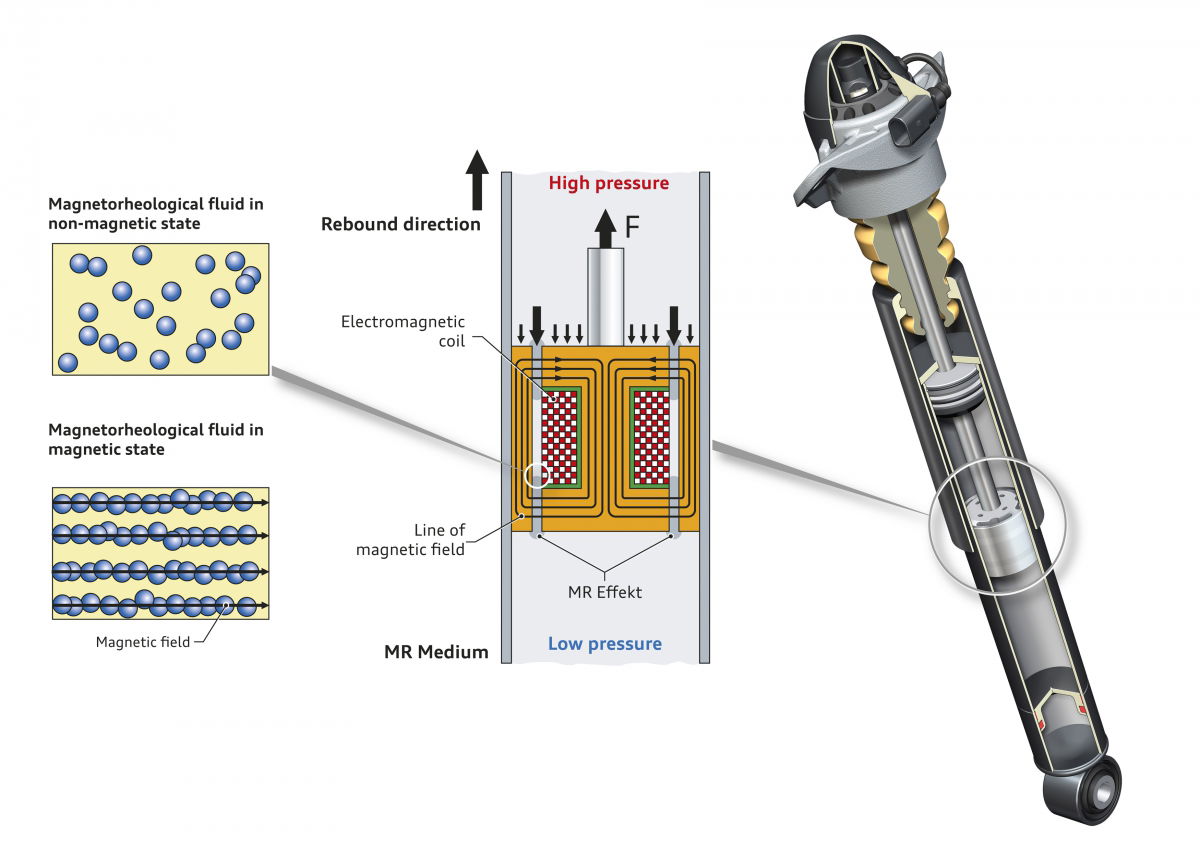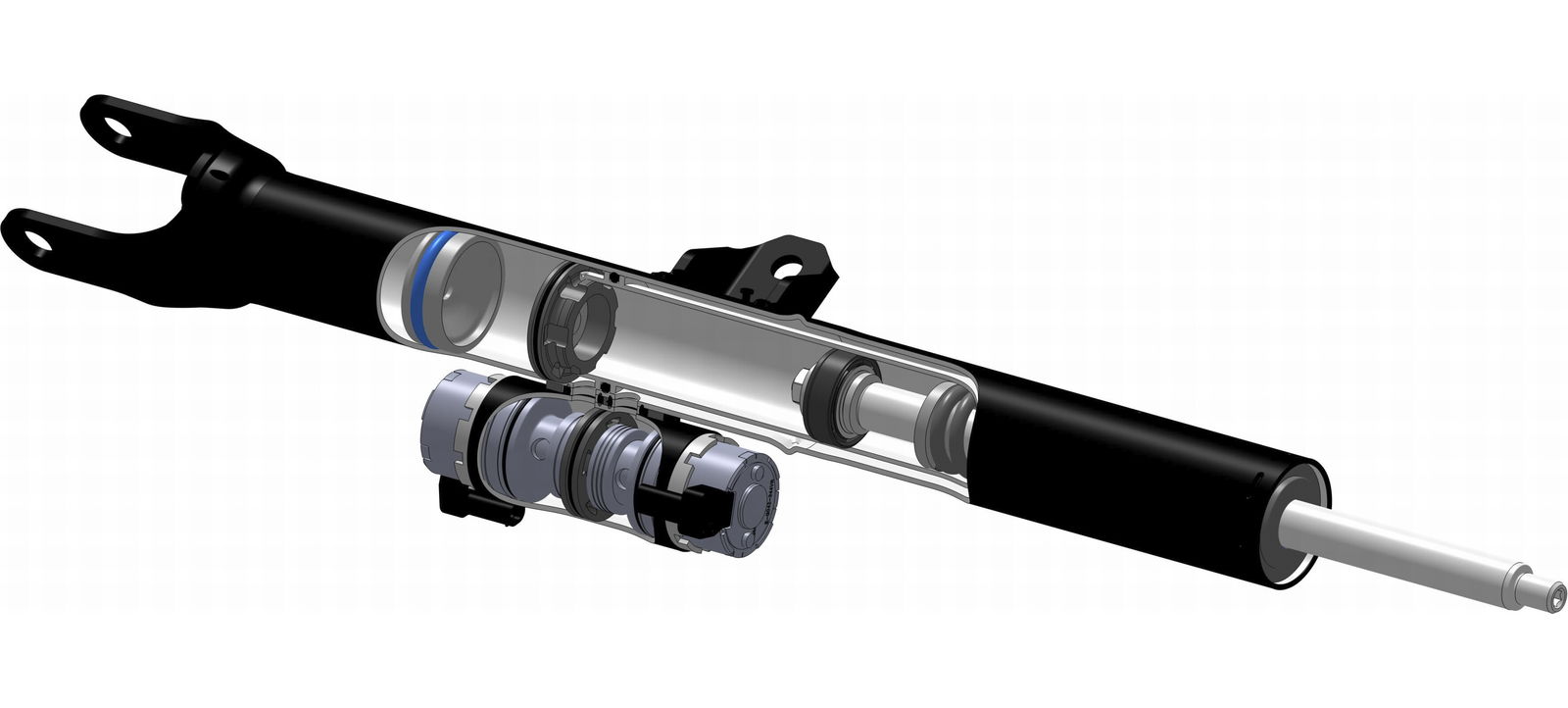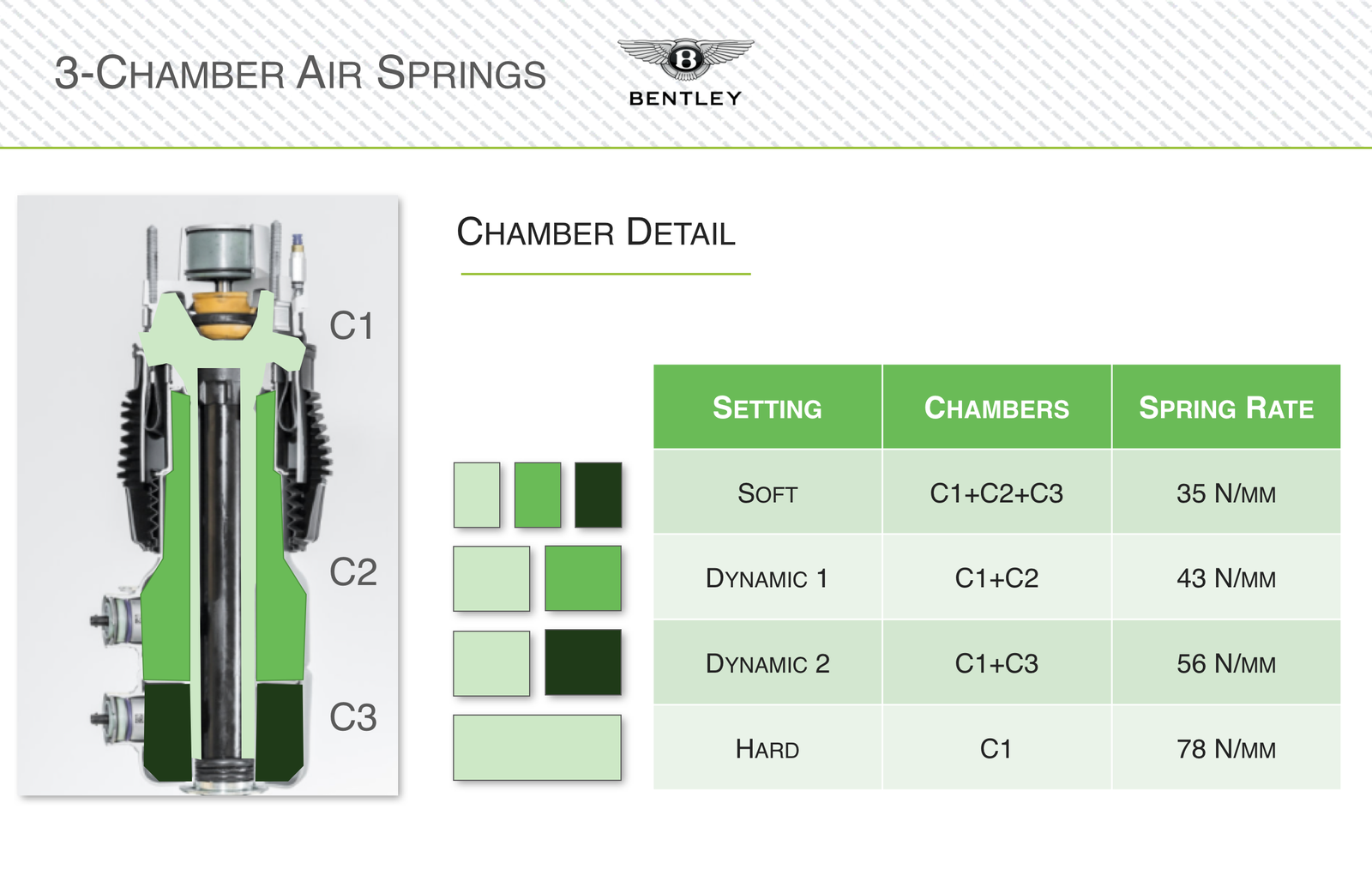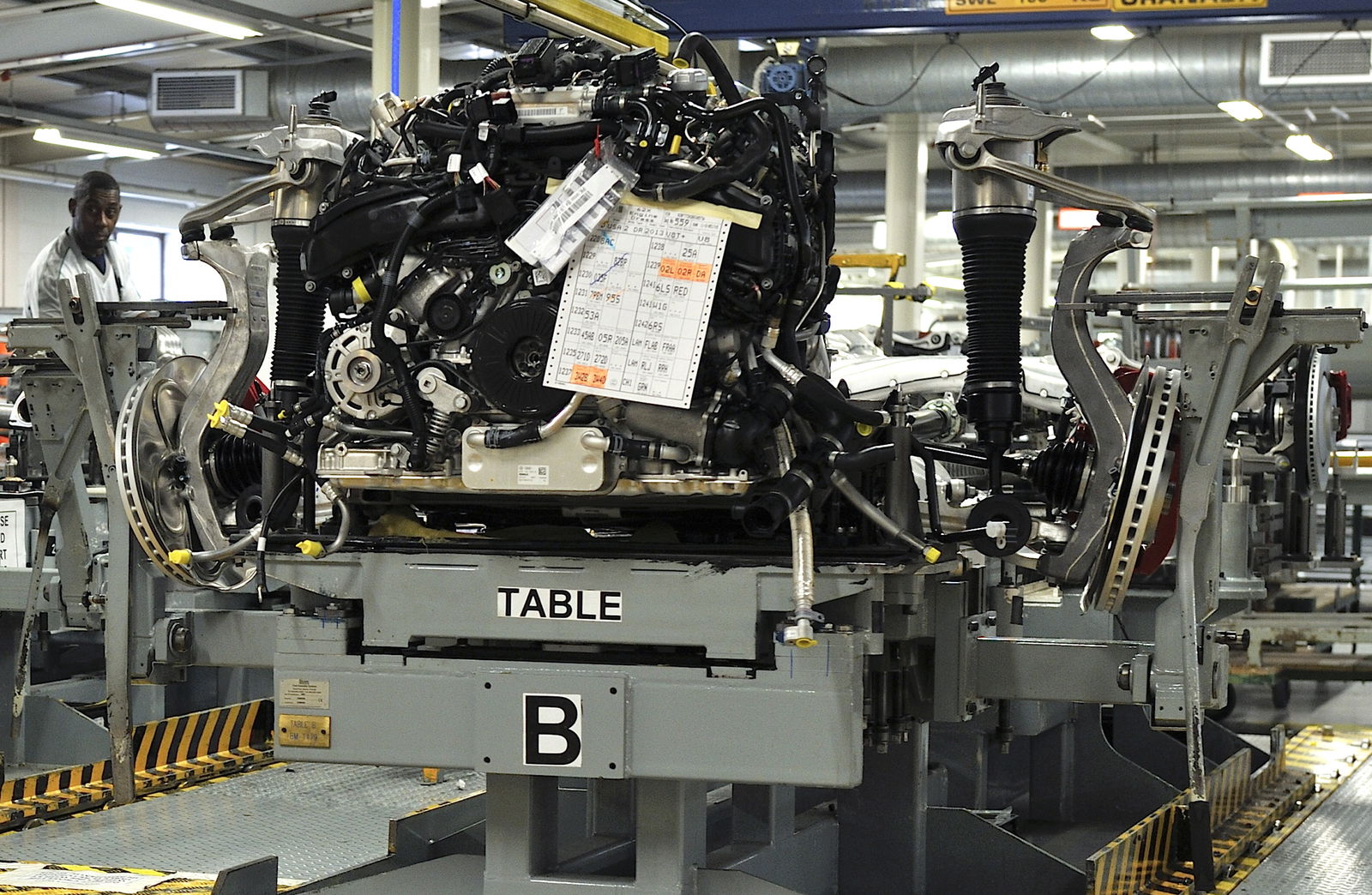How Do Adaptive Suspension Systems Work?

Suspension design is all about compromise. For optimal handling, a car ideally needs to be quite firm, avoiding body roll and pitch and maintaining a good tyre contact patch with the road. But a stiff setup also makes a vehicle ride harshly on the road. Soften the damping too much and you’ll have a smooth ride, but some rather alarming lean when you arrive at the first corner.
Manufacturers need to precisely tune the springs, dampers and anti-roll bars of their cars to achieve the best possible compromise, but there is also a having-your-cake-and-eating-it option: adaptive suspension.
These systems allow users to decide how firm or soft their car is, while complex software systems constantly monitor conditions and make small changes in suspension behaviour as necessary.
But there’s more than one way to do this. These are the main types of adaptive suspension systems you’re likely to encounter:
Magnetorheological

Beloved of big car makers like General Motors and VW Group, the magnetorheological or MagneRide damper typically uses a monotube design filled with magnetorheological fluid. This is a synthetic oil containing iron particles that are only a few micrometres (a few thousandths of a millimetre) thick. When subjected to a magnetic field from one or more magnetic coils in the damper, the particles align.
Although this doesn’t - as some report - change the viscosity of the fluid, the realignment of the particles is capable of giving it an almost solid state, making it harder for the damper’s piston to move through. The strength of the field determines how ‘solid’ the fluid is, allowing for the vehicle’s software to control how firm or soft the damper is.
Most cars with MagneRide dampers will have presets to choose from that vary in their stiffness, but in addition to these general settings, the system’s software will be constantly monitoring the road surface and how the car is being driven, making further adjustments to suit.
Valve-actuated

It’s possible to play with a damper’s firmness on the fly without fancy magnetic fluid, however. Many systems use a valve to control the rate of flow through the fluid through the piston, rather than alter the properties of the liquid itself. The more restricted the flow, the firmer the stroke of the damper’s piston.
Aston Martin, for instance, uses a system from Bilstein branded as ‘Damptronic’. Here, the piston assembly features a firm valve and a soft valve. Flow through soft valve is controlled electronically via a solenoid, with the soft valve fully closed in the damper’s firmest profile.
Systems like these have settings that dictate general behaviour but - much like Magnetorheological dampers - operation varyies constantly. In the case of Damptronic, the damper’s control system takes into account readings from various accelerometers and ride height sensors.
In some applications - such as the DBS Superleggera - Damptronic will even vary the stiffness of the shocks depending on the steering angle, setting it up for a crisper turn-in.
Air suspension

The principle of an OEM air suspension system is the same as an aftermarket setup - the range of operation just isn’t as extreme.
Here, coil springs are replaced by airbags or air springs, often made from a rubber and polyurethane composite. A compressor fills these air springs via a reservoir to varying degrees: the more air that goes in, the higher the ride height.
As well as being able to alter the ride height, air setups allow for a variation of the spring rate. This is done via a series of chambers on each air spring, three in the case of the system Bentley uses. In this three-chamber setup, two of the compartments can be either activated or deactivated via a solenoid valve.

The greater the volume of air, the softer the suspension. So, when set to Comfort mode, all three cambers are active. Chamber one, the smallest of the three, operates on its own when maximum firmness is required, or for spring rate somewhere in between, chamber one can be combined with either chamber two or chamber three.
The air springs aren’t the only active part of the suspension - in Bentleys, each works together with a ZF Sachs Continuous Damping Control (CDC) shock absorber, which operates similarly to the Damptronic system detailed above.

What do you think of adaptive dampers? A great way to ‘hack’ the compromises associated with suspension, or another needless modern car complication? Take to the comments!


Comments
there’s a bend, not far from where I live. it’s my favorite. At night it’s really fun to enter at 120kph and accelerate halfway through. I went around it in lots of cars, some of them capable of easily doing it at 200+kph
not one of them was ever able to deliver the feeling my old e39 gave me, on 16inch rims. ever. in fact the e39 was the reason I fell in love with that place. I even remember the first time I drove the e60 around it, it was a lot sharper, it could safely do it a lot faster, while leaning a lot less. To go even further, the f10 makes it feel like a total straight, you don’t even feel like you’re turning.
no other car I’ve owned or driven was ever able to deliver the same experience
that’s all I have to say about these systems.
Excellent info - cheers to the Author for conciseness and interest
[DELETED]